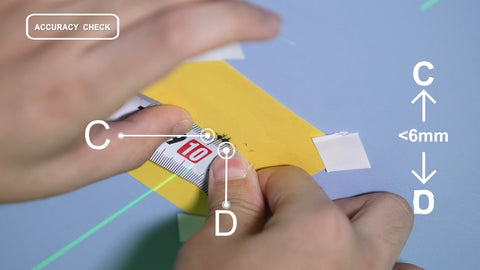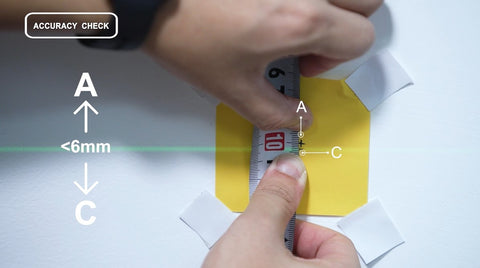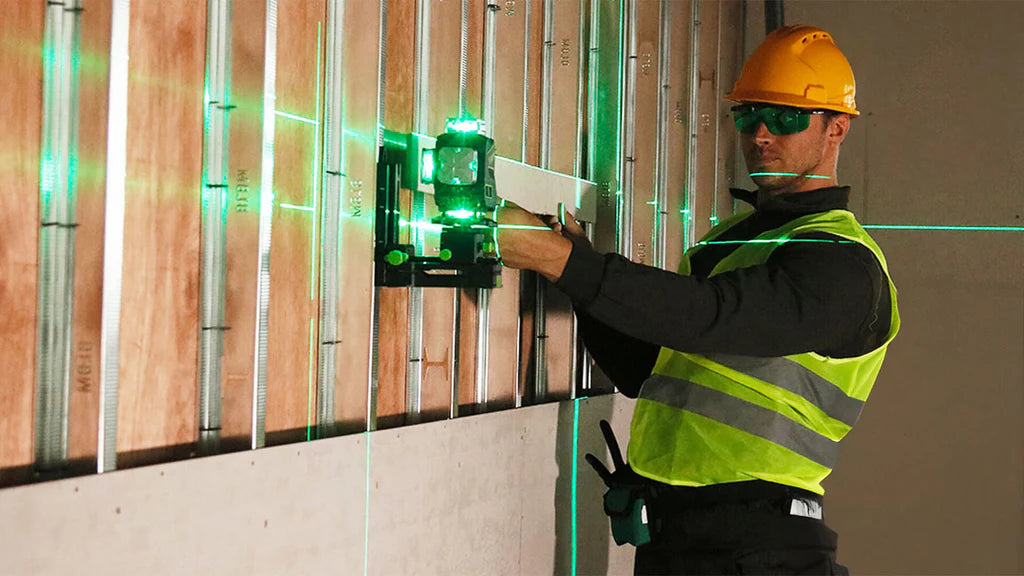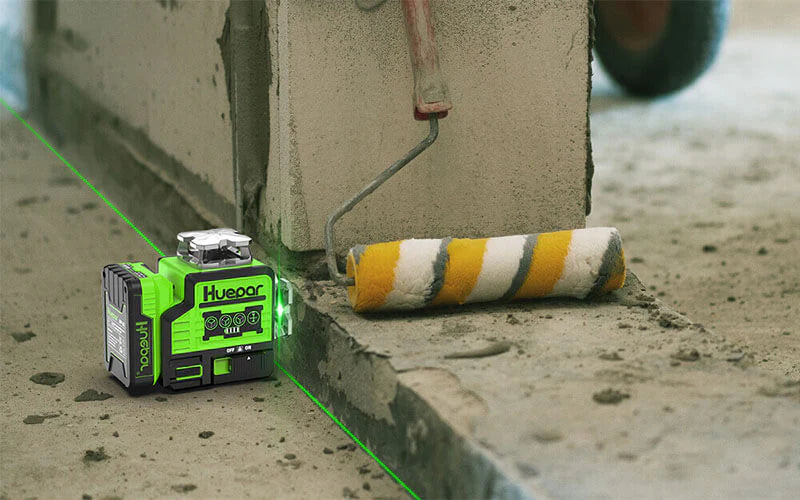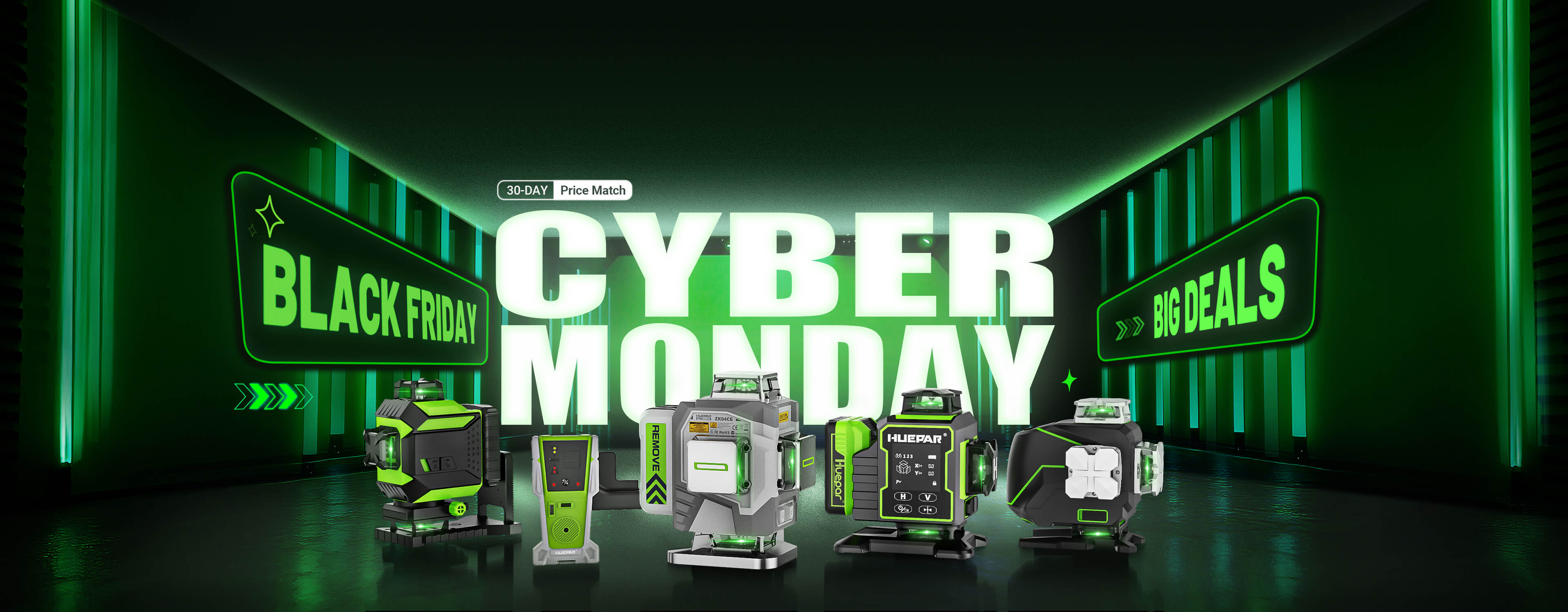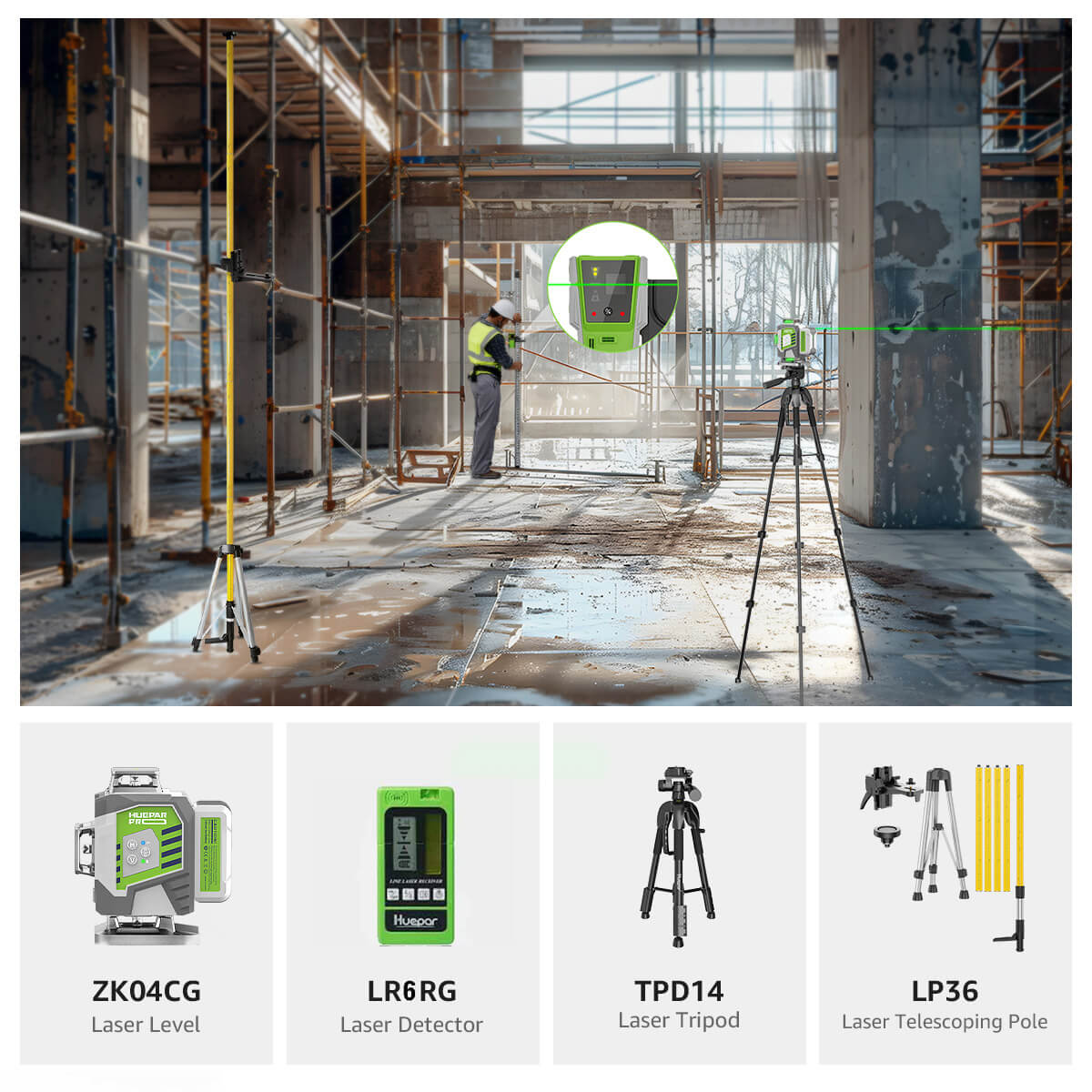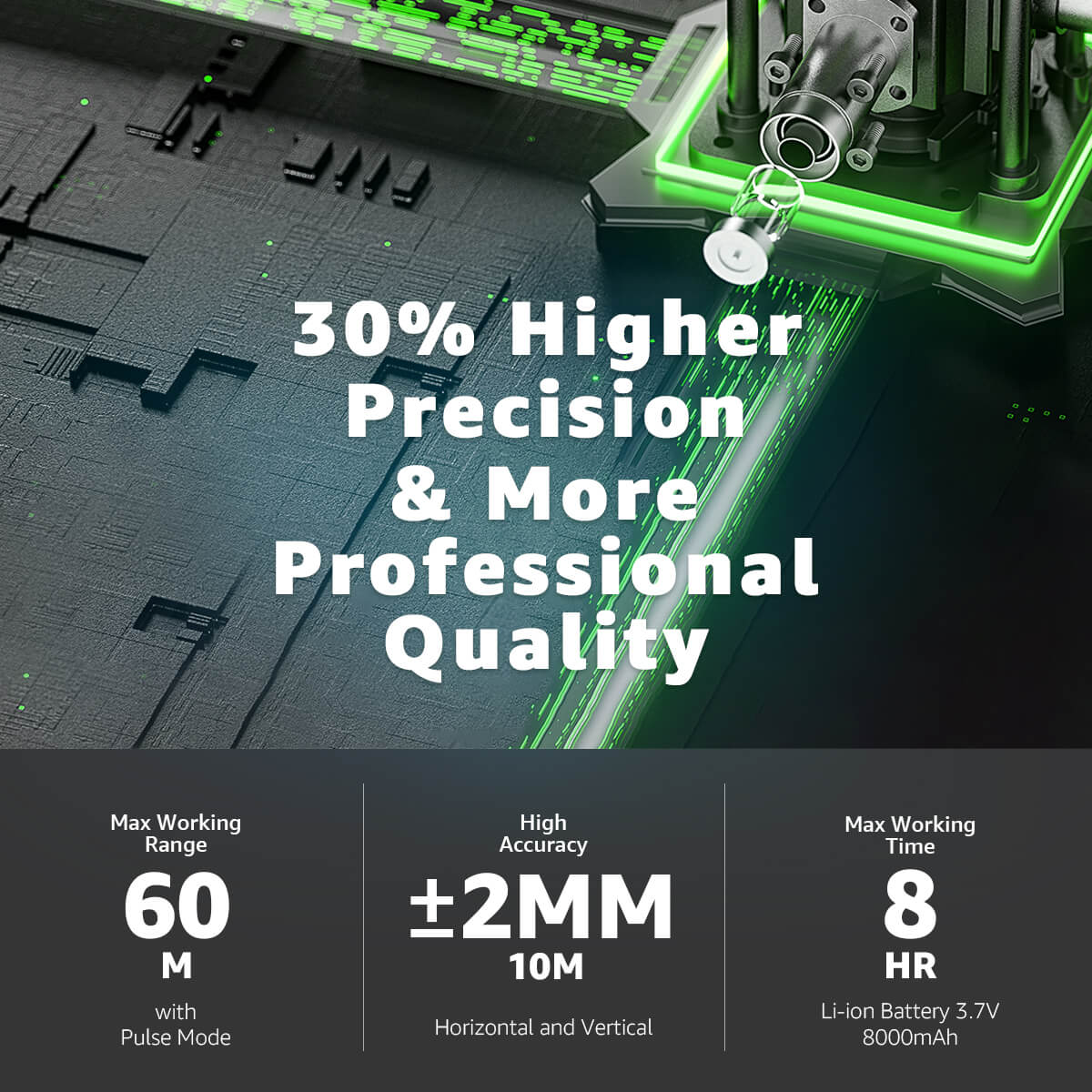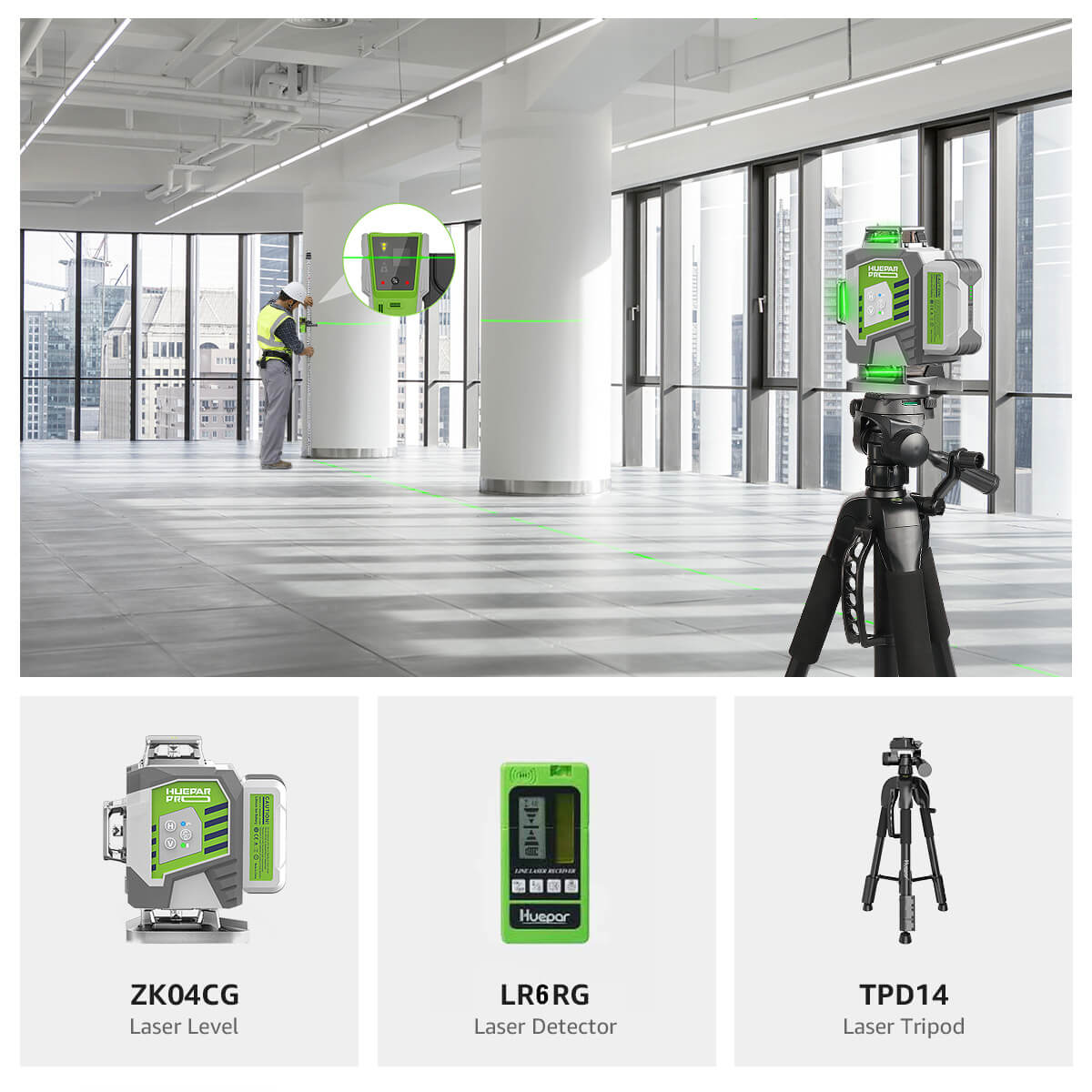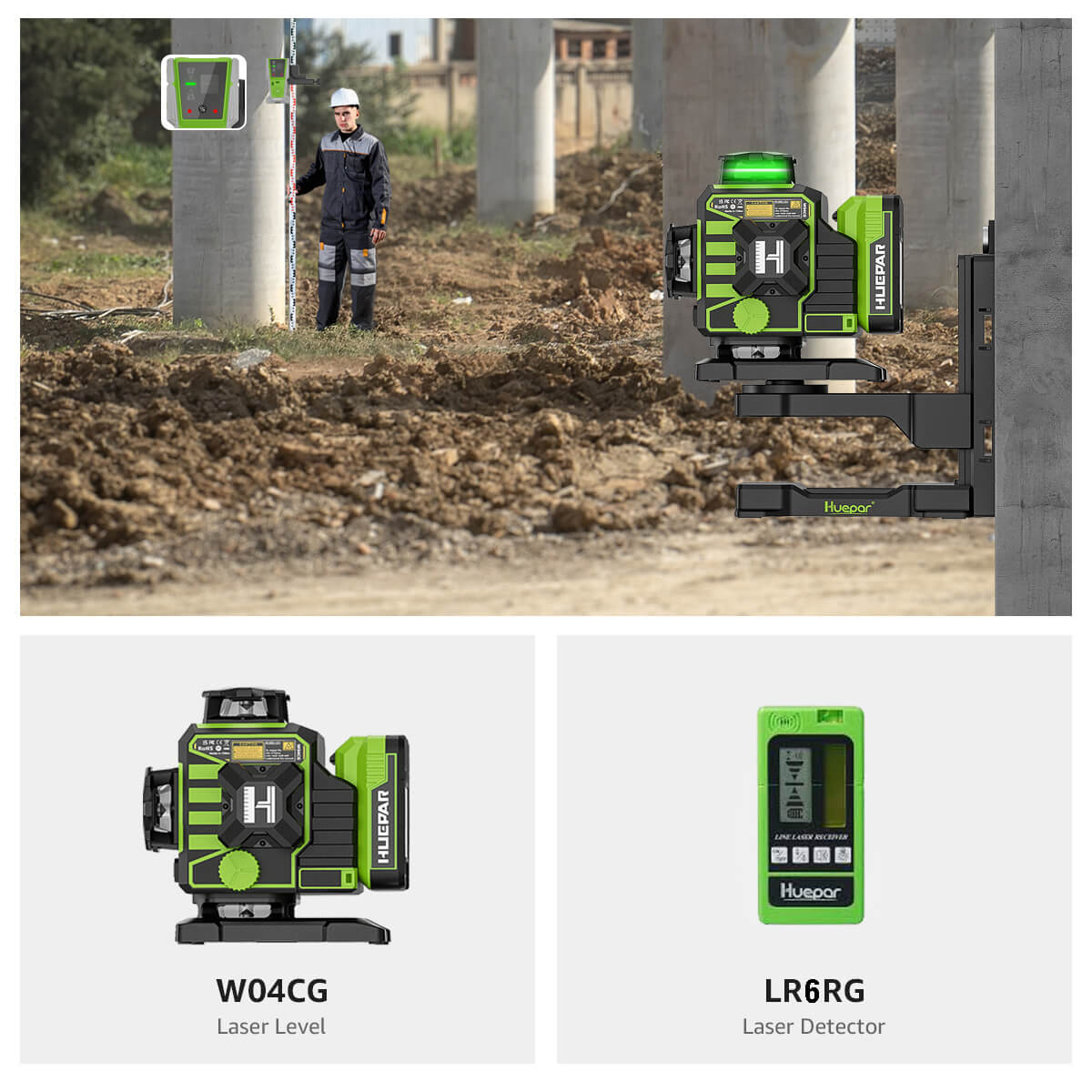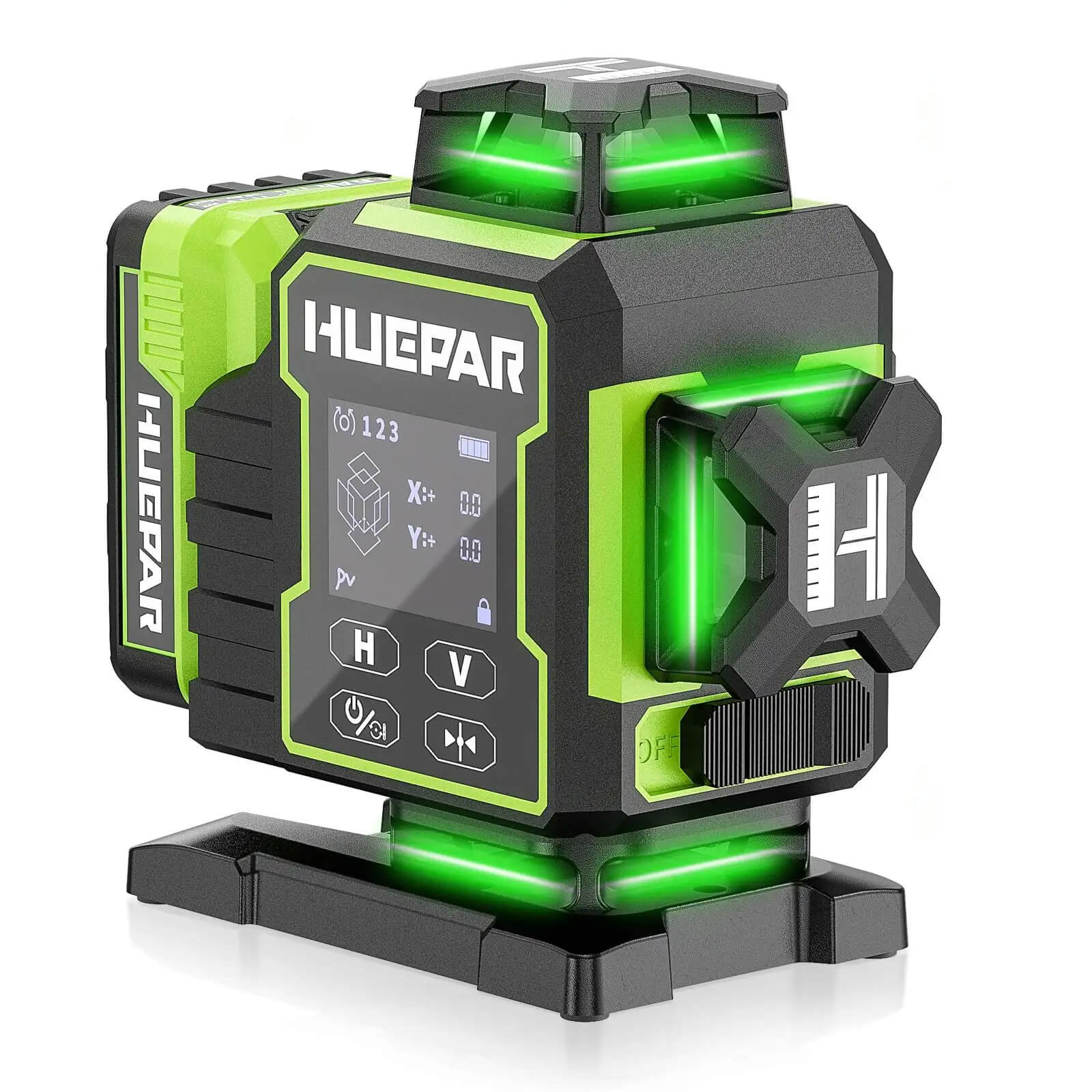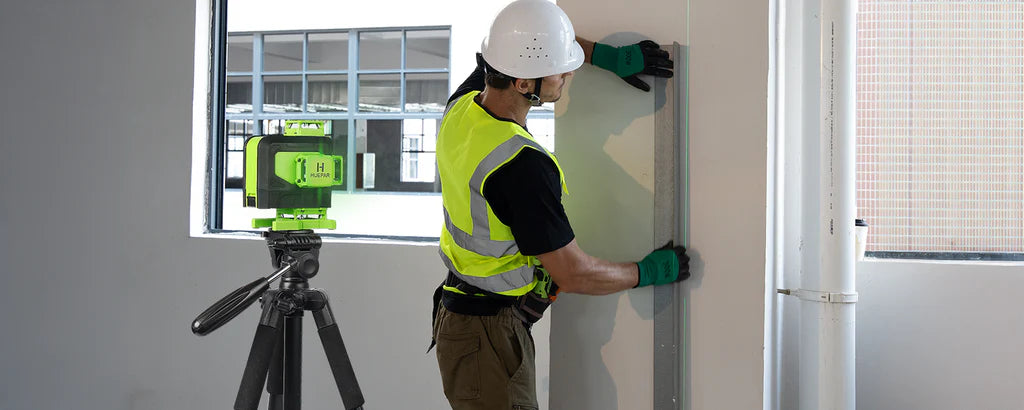
Construction Laser Levels Explained
If you work in the construction industry, you’re probably familiar with laser levels, but they’re still relatively new to the building process. When lasers were first introduced, they were so expensive that only professionals could afford them. Now, they’re affordable enough that anyone can use them on their home projects and in their daily lives as well as at their jobs.
Here are some of the most important things you need to know about construction laser levels and how they work so you can be sure that you’re using them correctly and getting all of the benefits from this amazing technology!

Introduction to Construction Laser Levels
Construction lasers are designed to help contractors and homeowners alike lay out construction projects. In order to build something, it is necessary to make sure that all of your lines are straight. This helps you to keep your lines perfectly horizontal or vertical, which ensures that everything comes together properly.
A level is a device that helps you do exactly that—leveling out surfaces so you can get them set up in a way where they will stay put. Lasers have taken over from traditional levels in recent years because they provide more precision while being more accurate overall.
How Do Construction Lasers Work?
To understand how a laser level works, it's important to know a little bit about how light interacts with objects. If you look at a wall and shine a flashlight on it, you'll notice that light reflects off of it in all directions. This is because light rays bend when they pass from one object to another. Lasers are able to focus those rays of light into a single beam, however, some lasers even have multiple beams inside of them so that they can cover an entire wall or area at once (rather than taking several passes).
When your laser-level emits its beam(s), all of these rays travel outward in parallel, rather than scattering as they normally would. As soon as any part of the beam hits an object, that light gets reflected back towards whatever created it. The returning ray can then pick up more light rays along its path back to your laser level - essentially creating a new reflection until it reaches and bounces off of your equipment.
If there are no obstacles standing between your equipment and what you're trying to measure, there will be a sharp reflection coming right back to where you set up; otherwise there will be less focused returns depending on what's nearby.
What Are Some Uses For A Construction Laser?
People use lasers for a wide variety of applications. Laser levels are used mostly for indoor purposes like constructing, leveling, and measuring, but they can also be used outdoors. The different types of construction laser levels are all designed to help you get precise results in whatever project you’re working on. The most basic type of laser level is essentially a vertical line that points to some direction which means it helps you tell if a wall or object is perfectly vertical or horizontal.
Some laser levels can be used for both indoor and outdoor applications, but others are only for one or the other. This is because of design differences. The vertical-only lasers are a good option if you’re only using them in an area with a ceiling that is either high or low, but they don’t work well in spaces with both high and low parts. An outdoors only laser is great if you don’t have any natural light indoors to help aim your laser level when working from outside, but you might not be able to tell when your wall/object is vertical enough.
|
Indoor and Outdoor |
Different Usage Applications |
|
Indoor Applications of Laser Levels |
Aligning and plumbing your walls; Leveling floors; Mount your laser to the wall or ceiling for ceiling mounting; Easily check the height of windows and doors; Installing chair railings and siding in your home; Align shelves, install cabinets and trim; Easy installation and alignment of cabinets etc. using a tripod; |
|
Outdoor Applications of Laser Levels |
Easily check and level posts and beams on decks, fences and porches; Masonry alignment; Easily check land heights; Laser with slope capability sets slope for proper drainage and irrigation; Aligning fences, posts and porches; Establishing grades; Contour ploughing or drainage; |
How To Choose The Best Laser Level
Low-End vs. High-End: Laser levels are most commonly available in two varieties—low-end and high-end. Low-end models usually cost less than $100, while high-end models can be priced over $500. This is not a hard and fast rule, but it’s a good place to start when shopping for laser levels. You get what you pay for with laser levels, so opt for a quality model if possible.
Different Uses For Laser Levels: A laser level is essentially just a tool used to mark straight lines on floors or walls. But, there are different tools for different jobs depending on your needs. Some of these tools include rotary lasers, vertical lasers (used to shoot perpendicular crosshairs), and 360 degree lasers.
If you only need a basic horizontal line marker, then go ahead and buy one! Not all laser levels are created equal. The Best Floor To Use Your Level On: Homes use concrete slabs that have been poured right onto the ground floor as their main floor surface—in other words, they don't have tiles or wood installed at all! This makes using a laser level pretty easy since concrete makes flat surfaces by default.

